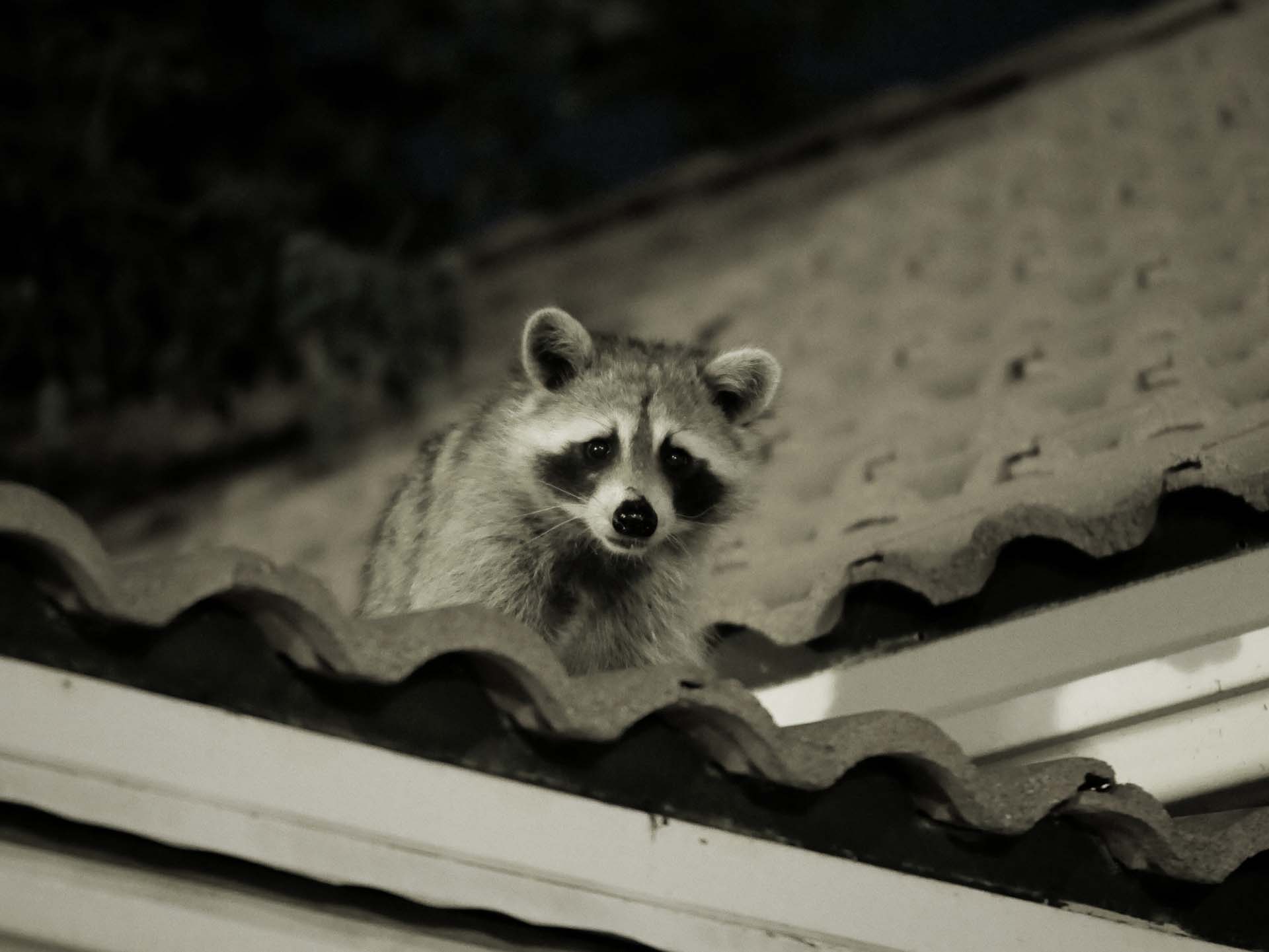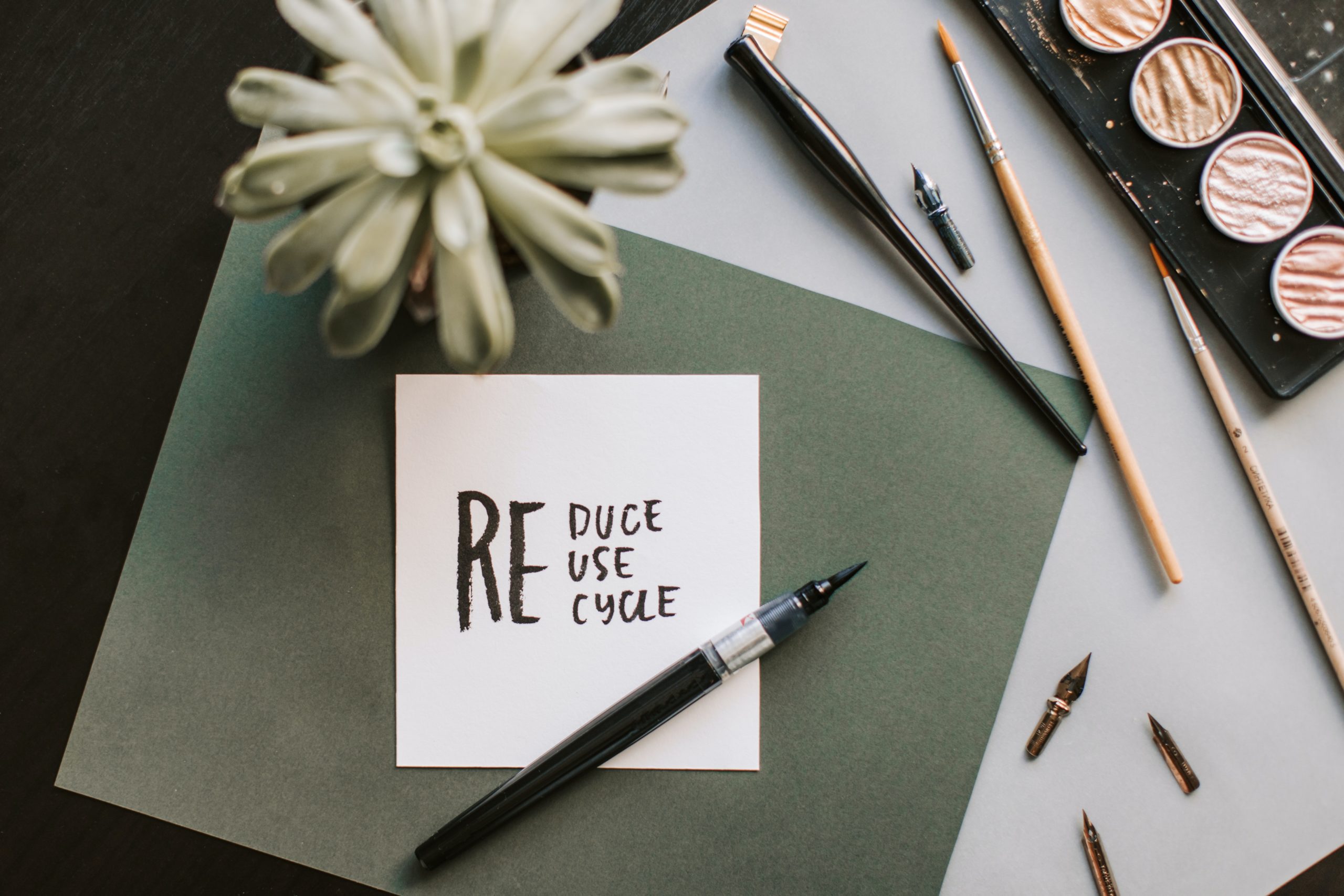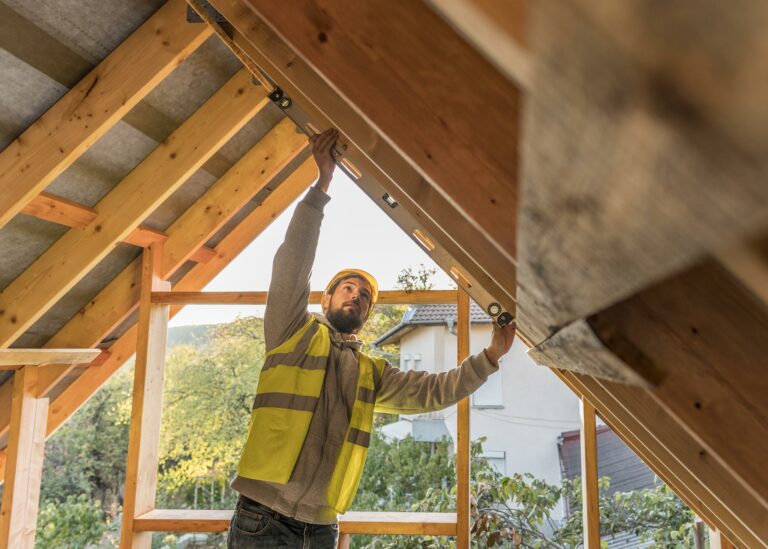Why Insulation Removal and Disinfection Are Essential After Wildlife Infestation
From hearing noises in the attic to discovering droppings and damage, wildlife infestation in your home can be overwhelming. Finding a solution can also be stressful.
While removing the animals is a priority, it’s equally important to focus on the wildlife damage repair—especially when it comes to your insulation. Insulation removal after wildlife infestation is essential to prevent further damage, protect your home’s structure, and ensure the health and safety of your family.
Here’s why immediately addressing this issue is critical.
The Risks of Leaving Contaminated Insulation Behind
Wildlife that enters your attic can leave behind more than just droppings. They might damage the insulation, introduce pests, or even spread bacteria and parasites.
Feces and urine from rodents, raccoons, or bats can contaminate the insulation, which leads to unpleasant odors and potential health hazards. The longer this contaminated insulation is left in place, the higher the risk of structural damage, mold growth, and worsening indoor air quality.
Why You Need Insulation Removal After Wildlife Infestation
Here are some of the biggest reasons you’ll want to remove insulation after suffering from a wildlife infestation:
- Preventing mold growth: Insulation contaminated with urine or feces can hold moisture. This moisture promotes mold and mildew growth, which can spread to other areas of your home. Mold not only damages your property but can also cause respiratory problems for you and your family.
- Eliminating unpleasant odors: The smell is one of the most obvious signs of a wildlife infestation. The presence of urine, feces, and decomposing animals can leave a strong, lingering odor. Once contaminated insulation absorbs these smells, it can be nearly impossible to get rid of the odor without proper insulation removal and replacement.
- Restoring heat efficiency: Damaged insulation no longer serves its primary function of keeping your home energy-efficient. The material’s insulating properties are compromised once animals chew through or disturb it. This leads to higher energy bills, as your HVAC system works harder to maintain a comfortable temperature.
- Reducing health risks: Wildlife can carry diseases, such as hantavirus, leptospirosis, and salmonella. Contaminated insulation can be a breeding ground for bacteria, parasites, and mold, all of which pose significant health risks. Removing and disinfecting the damaged insulation ensures your home is safe and healthy for you and your family.
The Importance of Attic Disinfection
While insulation removal is critical, it’s just the first step. After removing the contaminated insulation, it’s essential to disinfect the attic space.
Any remaining contaminants, such as bacteria, parasites, or fungi, must be properly cleaned and disinfected. Attic disinfection ensures the safe removal of all harmful materials, prevents them from affecting your indoor air quality, and ensures your home is healthy and safe.
Attic disinfection includes:
- Eliminating bacteria and viruses: Wild animals often carry harmful pathogens, and their waste can spread bacteria throughout your home. Disinfecting the attic ensures that you get rid of harmful microorganisms.
- Preventing further infestations: Any remaining nesting materials or food sources left behind by the animals can attract new pests. Thorough cleaning and disinfection reduce the risk of another infestation.
- Improving air quality: Disinfecting the attic not only eliminates harmful particles but also helps improve the air quality throughout your home, reduce allergens, and promote a healthier environment.
Steps to Insulation Removal After Wildlife Infestation
If you’ve recently dealt with a wildlife infestation, it’s important to inspect your insulation, remove any contaminated material, disinfect the area, and replace the insulation as needed.
- Assess the damage: Start by thoroughly inspecting the affected areas. This step will help determine how much insulation you need to replace. A professional can help identify contamination levels and areas of damage.
- Remove contaminated insulation: Once you’ve assessed the damage, it’s time to remove the contaminated insulation. You should do this carefully to avoid further spreading bacteria or debris. Wear protective gear during this process to avoid exposure to harmful materials.
- Disinfect and clean the area: After removing the insulation, the next step is thorough cleaning and disinfection. Sanitize the attic to eliminate bacteria, viruses, and other harmful microorganisms. Sanitation ensures the space is safe for the new insulation.
- Replace the insulation: After cleaning, it’s important to replace the insulation with fresh material. A new insulation will restore your home’s energy efficiency and prevent further problems. Consider upgrading to more energy-efficient insulation materials during this process for the best results.
By following these steps, you not only repair the damage caused by the infestation but also improve your home’s comfort and reduce the risk of further health hazards.
Restoring Your Home’s Comfort and Safety
Insulation removal after wildlife infestation is essential for restoring your home to its full potential. While taking out the animals is important, addressing the damage they caused ensures that your home stays safe, healthy, and energy-efficient.
For professional help with attic insulation replacement, Geo-Insulation offers full-service solutions to restore your home’s safety and energy efficiency after a wildlife infestation. Contact us today!










